COTANCE News 3/2024 – March
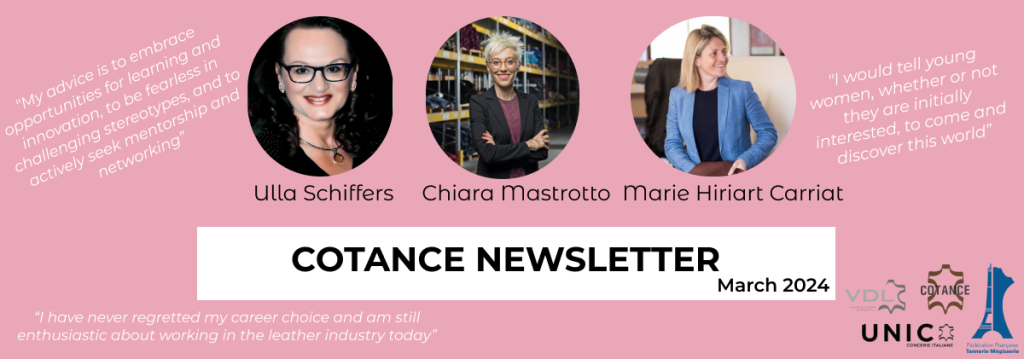
Women in European Tanneries: Transforming the Leather Industry Together

Conventional wisdom holds that leather production is a male-dominated industry. Indeed, the ratio of men to women in the sector supports this. But when COTANCE set out to explore the presence of women in the leather sector, we found that not only are women present, but that these women are more than exceptional.
In celebration of Women’s Rights, which March is all about, and in partnership with our members VDL (Germany), UNIC (Italy), and FFTM (France), we dedicate our March Newsletter to the charismatic, bold, and exceptional women working in European tanneries. By sharing their personal stories, we want to encourage and inspire more women to join this vibrant industry, which still has so much to offer.
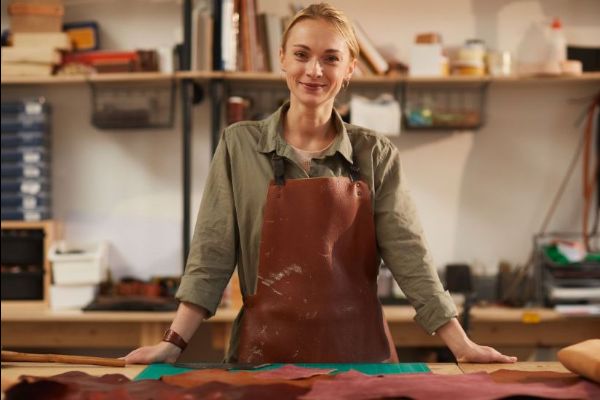
The tanning process (transforming skins and hides into leather) involves several labor-intensive steps, where men have traditionally outnumbered women. However, over the years, technological progress and process innovations have reduced the physicality of tasks and narrowed the gender gap, leading to more women working in tanneries.
Data, as highlighted in the 2020 Social & Environmental Report of the European Leather Industry, show that female personnel now constitute approximately 25% of the European workforce in tanneries. This figure can increase to 50% in certain companies where women are filling high-level management positions in marketing, communications and sustainability.
Moreover, women have a remarkable presence in European Leather Trade Associations, holding directorial roles in Italy (UNIC – Concerie Italiane), Spain (ACEXPIEL), France (FFTM), Hungary (AHLI), or Austria (FV TBSL). And in some cases, like France and Portugal, women are also chairing these organizations.
COTANCE had the opportunity to speak with some of these exceptional women in tanneries who are redefining the boundaries and expectations within this sector, and we are excited to share those conversations with you.
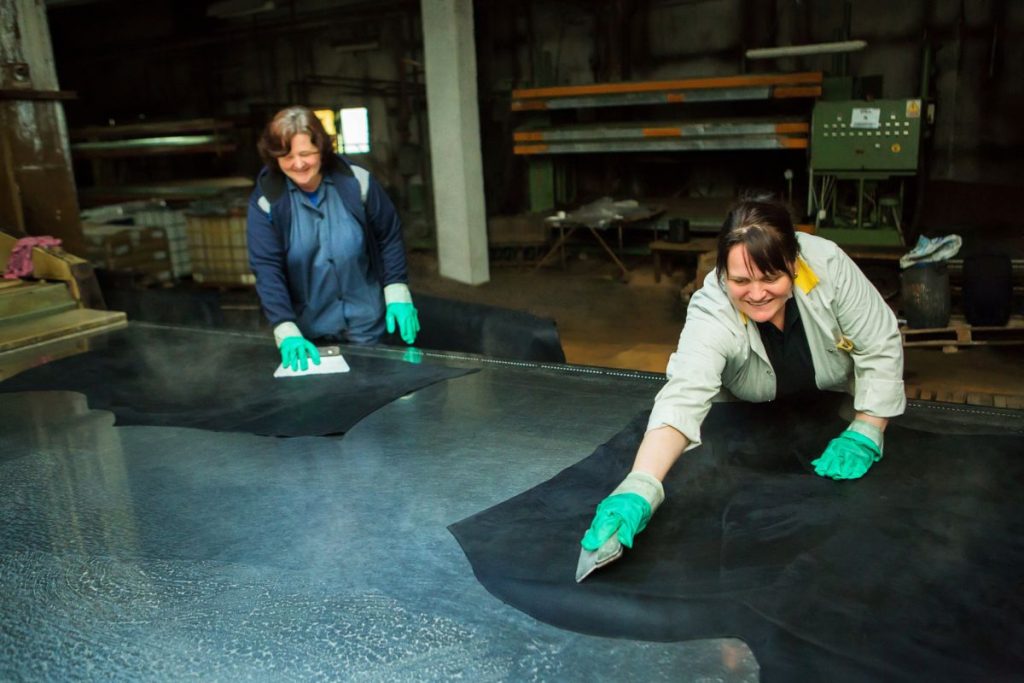
Women extending wet leathers on a drying device
As a fourth-generation descendant of tanners, Ulla Schiffers truly has leather in her blood. Having dedicated 42 years to the German leather industry, as a leather technician, her greatest ambition has always been “to prove to male employees that women could bring the same competence and stamina to this challenging job”.
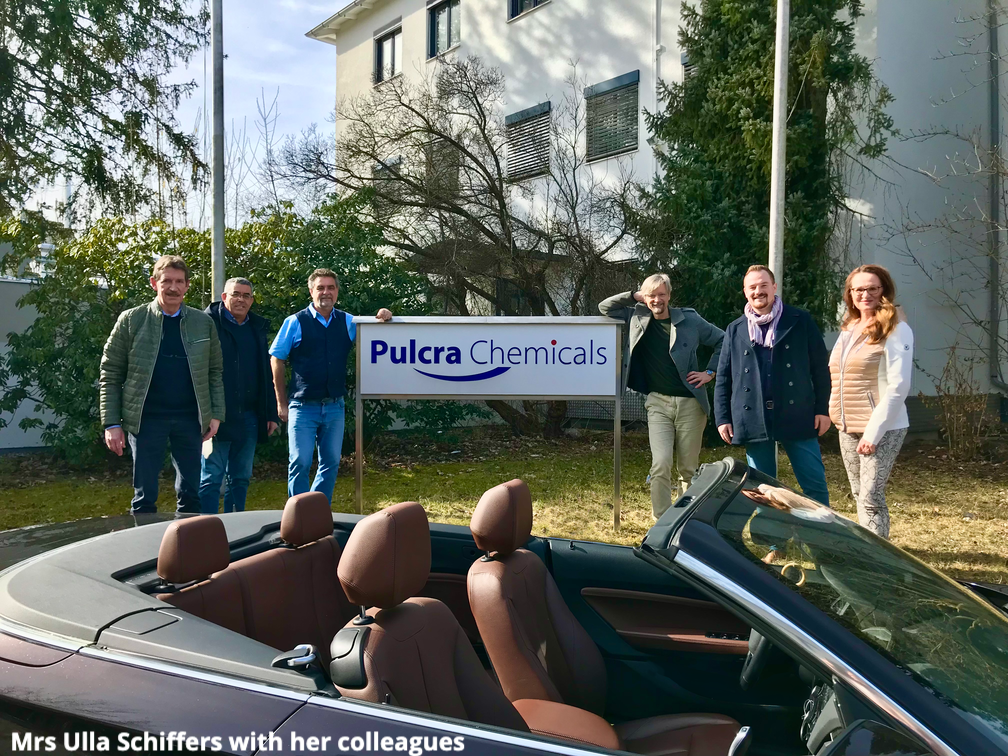
Leather also became a calling for Chiara Mastrotto, who, after pursuing a career in law, decided to leave it behind and join her family’s business. Starting from “zero” and thanks to her collaborative leadership and can-do approach, she has advanced to become CEO and then the President of Gruppo Mastrotto. “Each sector, including the leather industry, certainly has its specificities. However, I believe that in terms of opportunities, the most important aspect is to focus on merit. When merit is highlighted and becomes the driving factor behind hiring and promotions, the gender issue is also resolved”, – says Chiara.
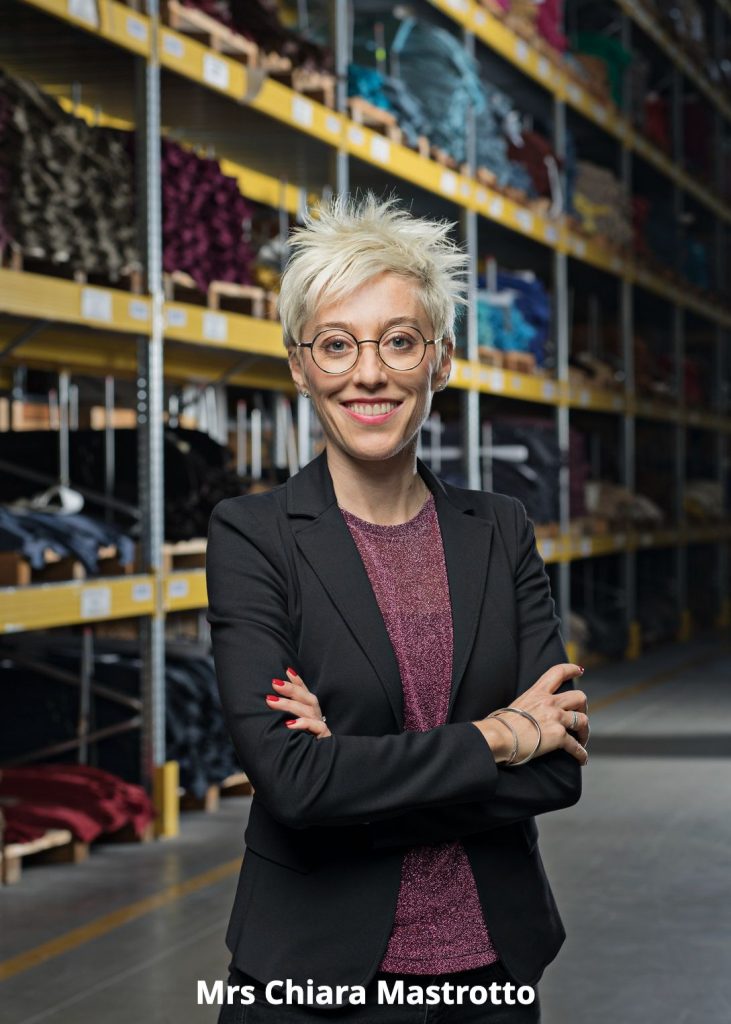
Marie Hiriart Carriat is the third generation of tanners from the Rémy Carriat tannery, located in Espelette, Pyrénées-Atlantiques, France. Founded in 1927, this independent, family-run business employs 70 people and specializes in the tradition of bull and buffalo leather crafting for the leather goods, footwear, and furniture industries. In June 2023, she was appointed President of the Fédération Française de la Tannerie Mégisserie (FFTM).
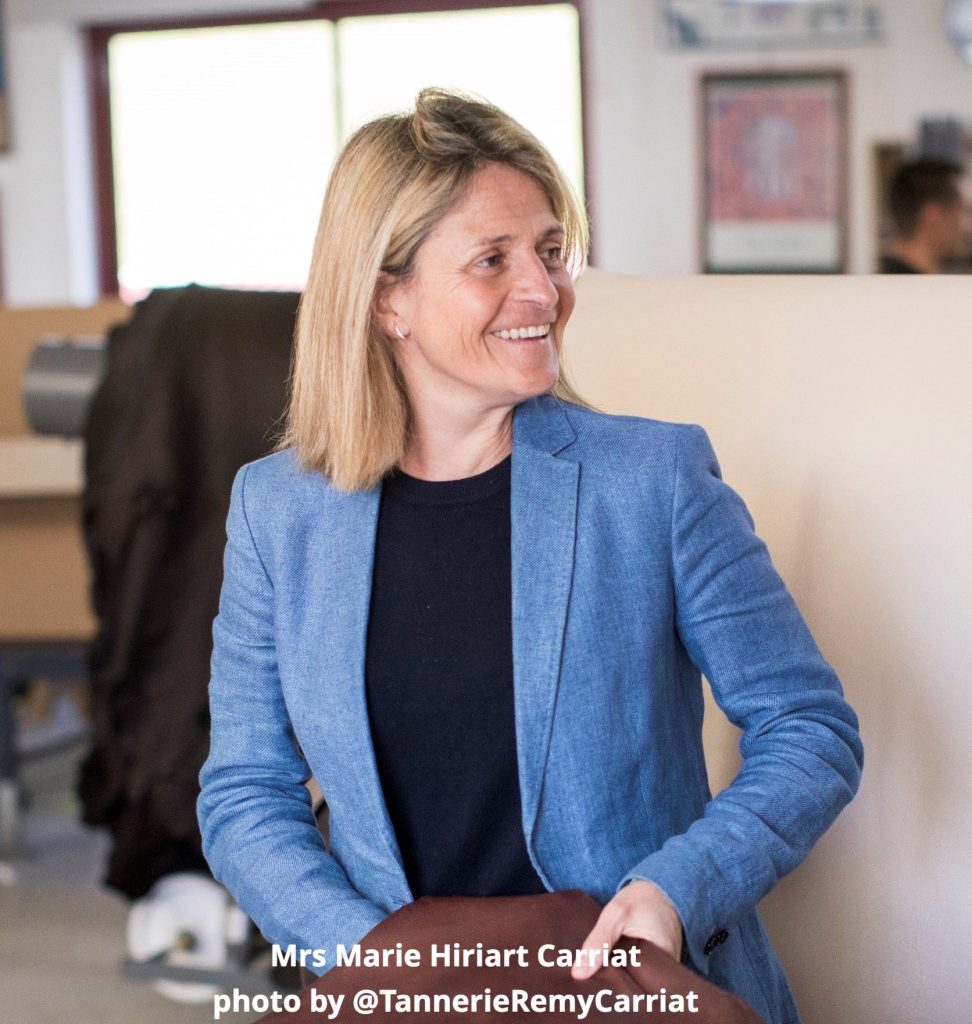
“The REMY CARRIAT tannery has always been a place where women have played a pivotal role. My grandmother co-founded the tannery with my grandfather, Rémy Carriat. While he focused on production, she managed the administration. Subsequently, my mother worked alongside my father for many years, contributing significantly to the management and operation of the tannery. I began working with my father in 1992, initially as a sales assistant, before taking over as the head of the company in 1999”, – says Marie.
Edited excerpts of the conversation with them follow.
- How many women are employed in your company/tannery? If possible, could you compare the % of total female workers in the tannery to the % of women working at the management level?
Ulla: “I have been working in the chemical supply industry for many years, providing technical support for tanneries in Europe. There are hardly any other female leather technicians in these areas. The proportion of women in this job is perhaps a maximum of 5%. In our company, I am the only woman in technical support with several male colleagues.”
Chiara: “Currently, in Gruppo Mastrotto women constitute approximately 26% of factory workers and 51% of the office employees. In top positions, we reach over 57% of female executives, and among the board members we have perfect gender equality.”
Marie: “Today, at the Rémy Carriat tannery, there are 8 women working in production, 3 in quality control, and 5 in administration, totaling 16 out of the 75 employees in the company. This represents 21% of our workforce. Certain roles, such as those in our hand-patination studio and the quality department, are exclusively held by women.”
Hand-patination at Tannerie Remy Carriat, France:
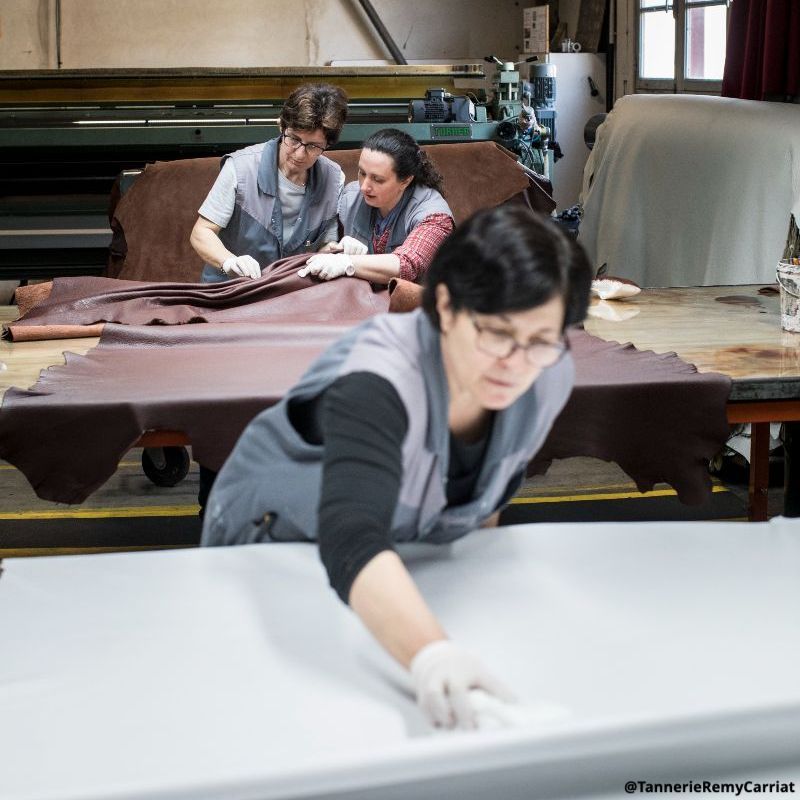
- The leather industry faces criticism for its environmental impact. How do you think the industry, and women in particular, can contribute to more sustainable practices?
Chiara:“Our industry has made significant strides in sustainability in the recent years, with companies like Gruppo Mastrotto leading by example through investment in water and chemical reduction, recycling initiatives, and renewable energy sourcing. By fostering innovation and adopting more sustainable tanning processes, we demonstrated our commitment to environmental responsibility. Women can play a pivotal role in driving this transformation, advocating for responsible production, and engaging with stakeholders to promote sustainability”.
Ulla: “Consumers need to be made aware that leather is an extremely durable product. So in terms of sustainability it contributes to “slow fashion”. All of us who work in the leather industry, whether female or male, must do our best to better manage resources and avoid pollution”.
Marie: “The leather industry often faces criticism from individuals unfamiliar with our material or our processes. Addressing this misconception is crucial, regardless of one’s gender. We are a sector that adheres strictly to REACH regulations, demonstrating our commitment to environmental and social responsibilities. Despite this, we face a significant image deficit and lack of support at the European level. In countries like France and Italy, decrees protect and uphold the ‘Leather’ designation, providing a level of defense for our products. However, this kind of regulatory support is absent at the European level, leaving a gap in our ability to safeguard our industry”.
- What characteristics or aspects of leather do you think should be promoted?
Ulla: “Leather is a fantastic natural product with outstanding properties – this uniqueness should be made clearer to the consumer”.
Marie: “Leather is a durable, natural, and ever-evolving material that accompanies us throughout our lives, being passed down from one generation to the next. It is an exceptionally pleasing material that engages all our senses”.
Chiara: “Leather’s sustainability, longevity, and its role within the circular economy should be emphasized, not just by tanneries but by fashion and design brands. As a by-product of the food and dairy industry, leather exemplifies sustainable practices through eco-friendly tanning and production methods, minimizing waste and environmental impact. Its durability and long-lasting nature, alongside efforts to correct misconceptions about alternatives, are key points that highlight leather’s environmental credentials”
- What advice would you give to young women interested in entering the leather industry?
Chiara:“My advice is to embrace opportunities for learning and innovation, to be fearless in challenging stereotypes, and to actively seek mentorship and networking. Our industry offers a dynamic environment where sustainability, craftsmanship, and technology converge, providing a rich ground for professional growth and contribution. By advocating for inclusivity, sustainability, and innovation, women can play a transformative role in shaping the future of the leather industry.
Ulla: “I have never regretted my career choice and am still enthusiastic about working in the leather industry today. This industry impresses with its extremely informal character, its togetherness and the diverse career opportunities”
Marie: “I would tell young women, whether or not they are initially interested, to come and discover this world. Tanning is a profession that deserves exploration. Historically, it was primarily a male-dominated field, especially in bovine tanneries like ours, due to the physical demands of working with large, heavy leathers. However, the industry has undergone significant changes over the years, becoming much more welcoming to women, particularly due to the mechanization of some tasks. The tannery offers a wealth of career opportunities, whether in production, color work, product design, research and development, quality control, customer service, environmental management, or corporate social responsibility… and the list goes on! There are so many ways in which you can apply your skills and introduce your feminine touch to the exciting world of tannin
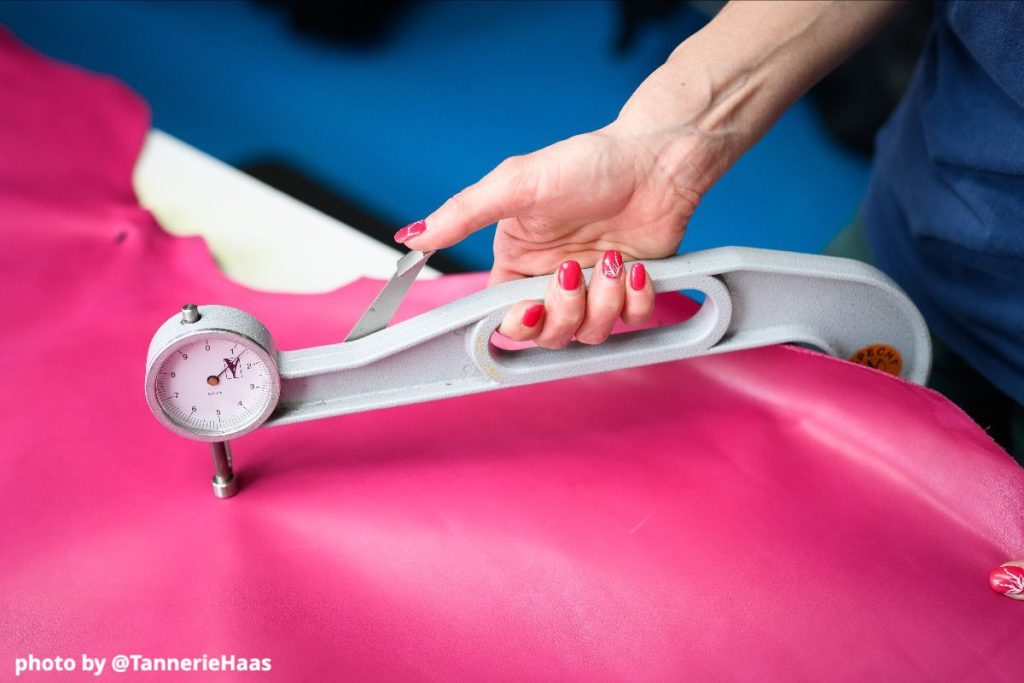
Traditionally perceived as male-dominated, the leather industry is experiencing a transformative shift with women increasingly occupying key roles in tanneries and directorial positions in trade associations.
Ulla Schiffers, Chiara Mastrotto and Marie Hiriart Carriat exemplify what women bring to the leather industry. Their stories of dedication, ambition, and success challenge stereotypes and highlight the importance of meritocracy, leadership, and sustainability.
The conclusion is clear: tanneries are not just places of opportunity for women; it is a sector where they are already making significant impacts and leading change. By highlighting their achievements maybe we inspire more women to join this exciting and evolving world of leather.
Edited by:
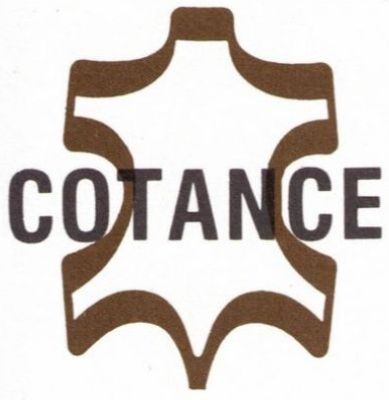
In Cooperation With:

If you want to go further:
VDL | Web sitewebsite
UNIC – Italian Concerie | Web sitewebsite
FFTM | Website

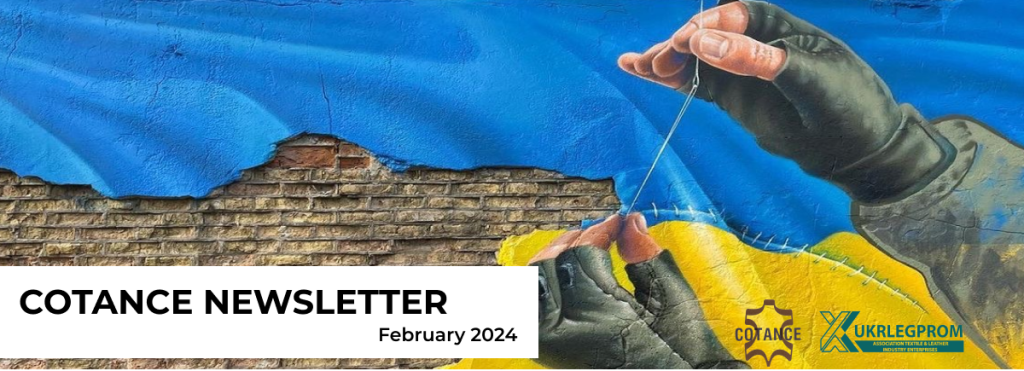

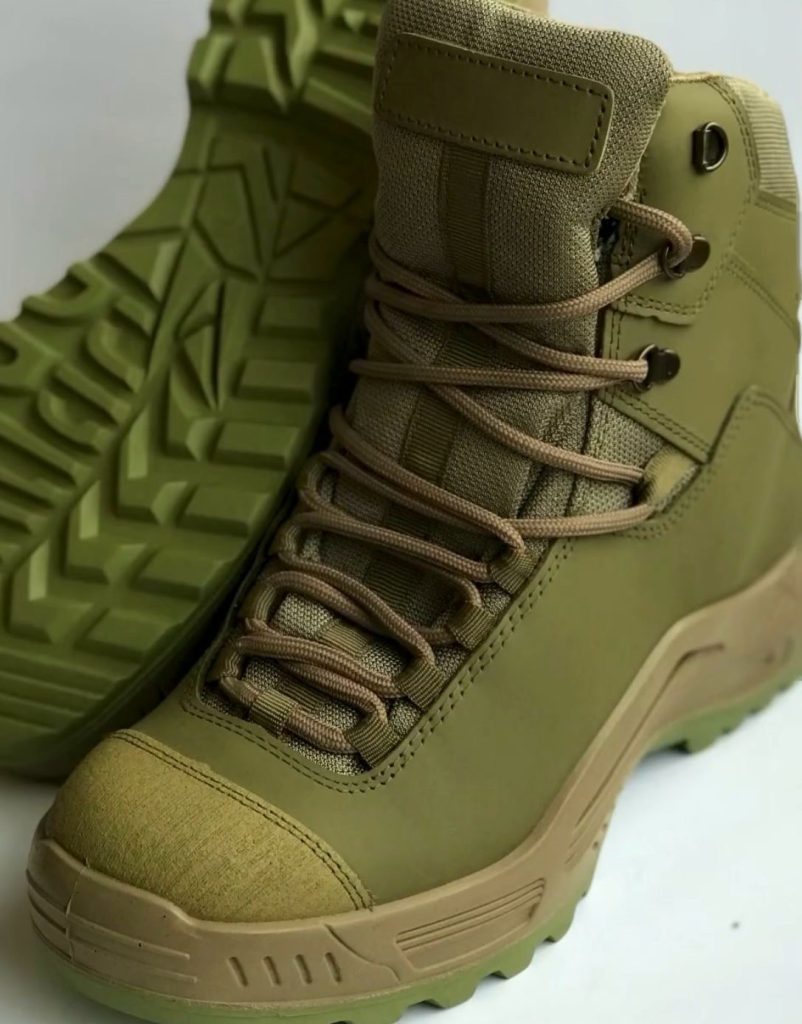


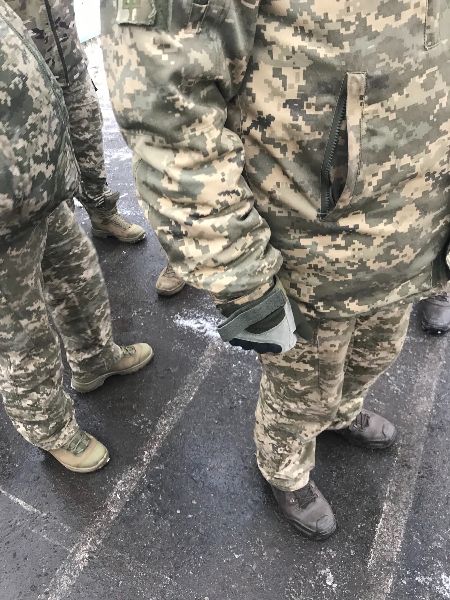
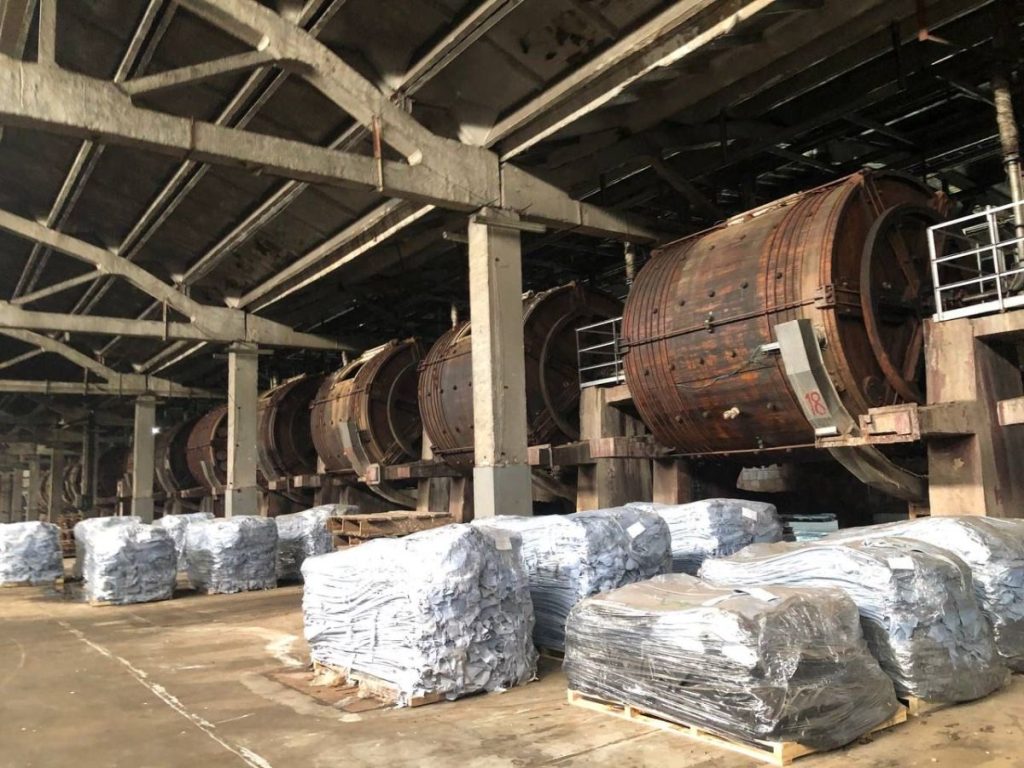
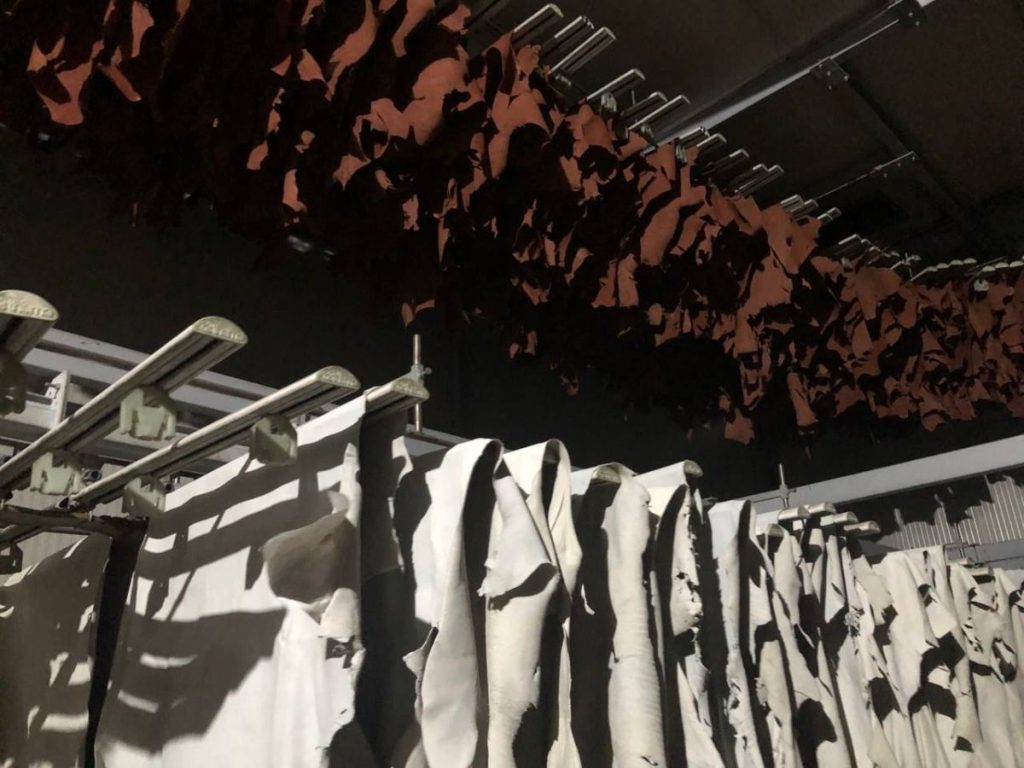

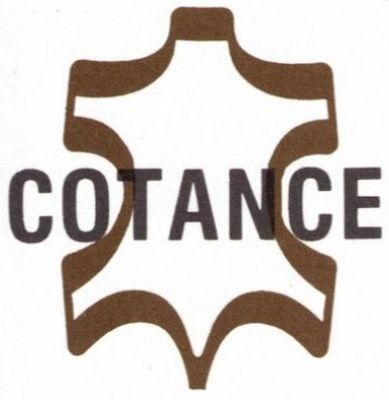
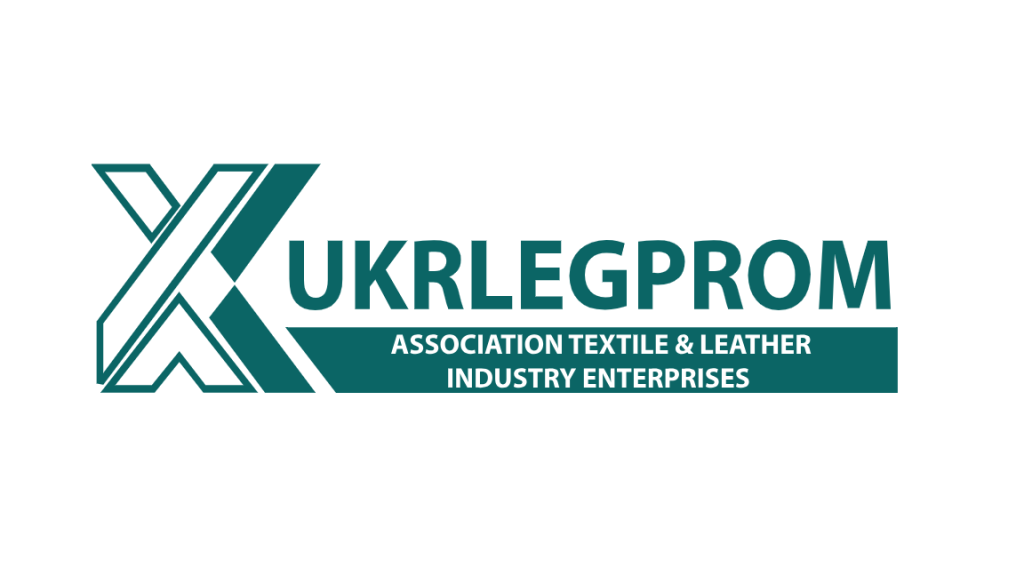

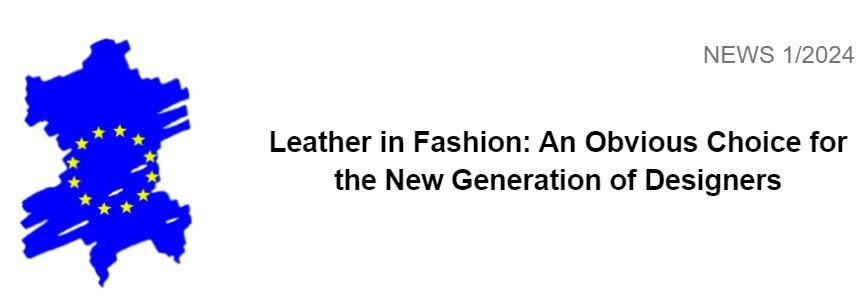

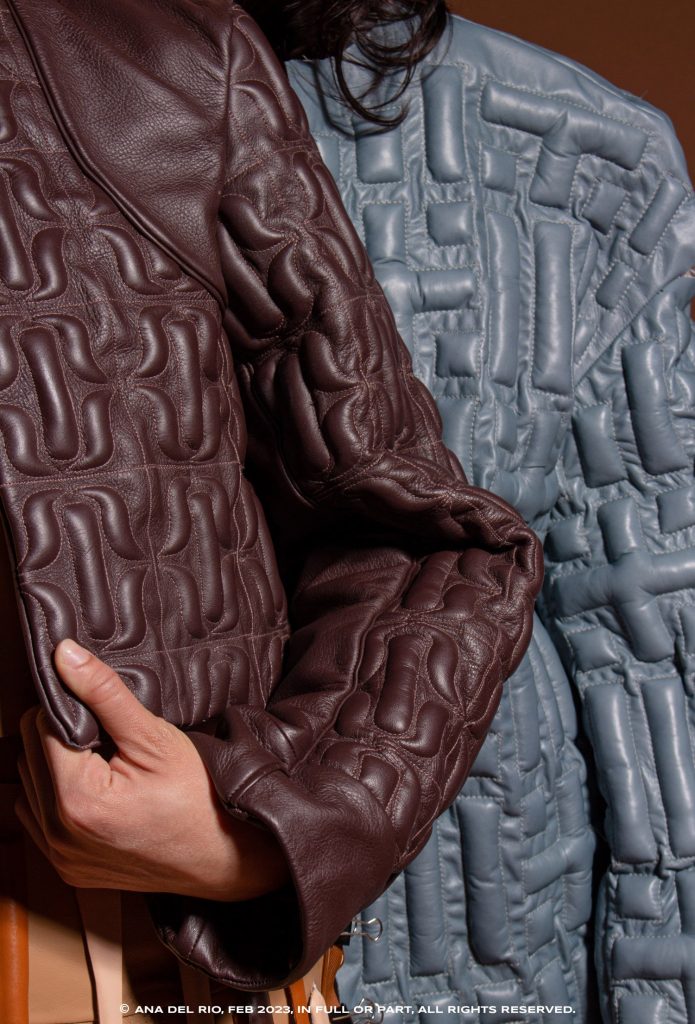
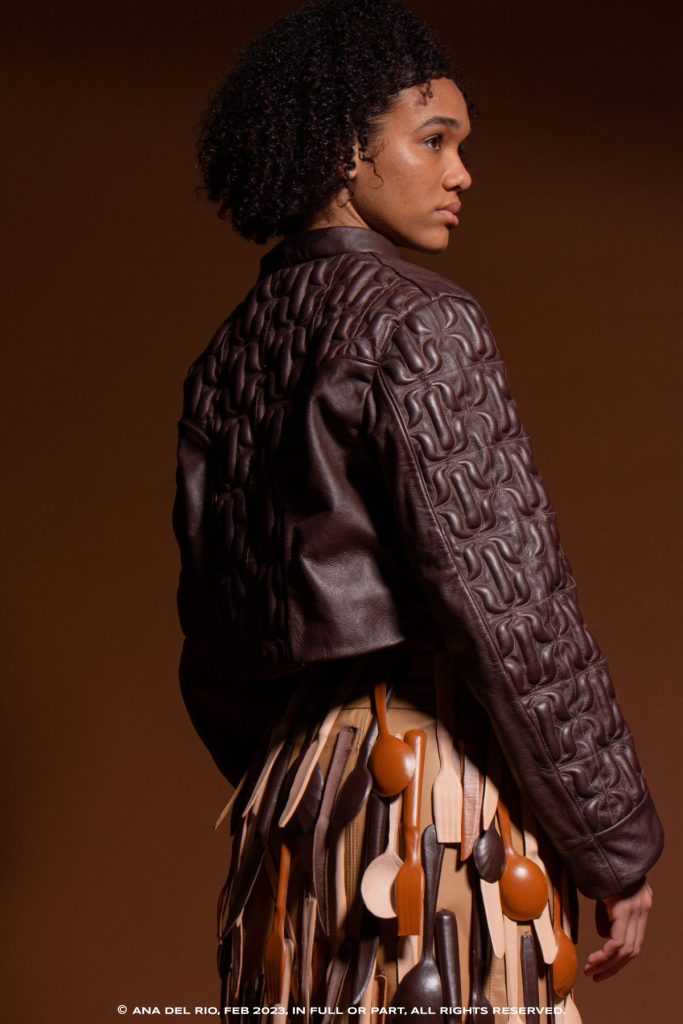

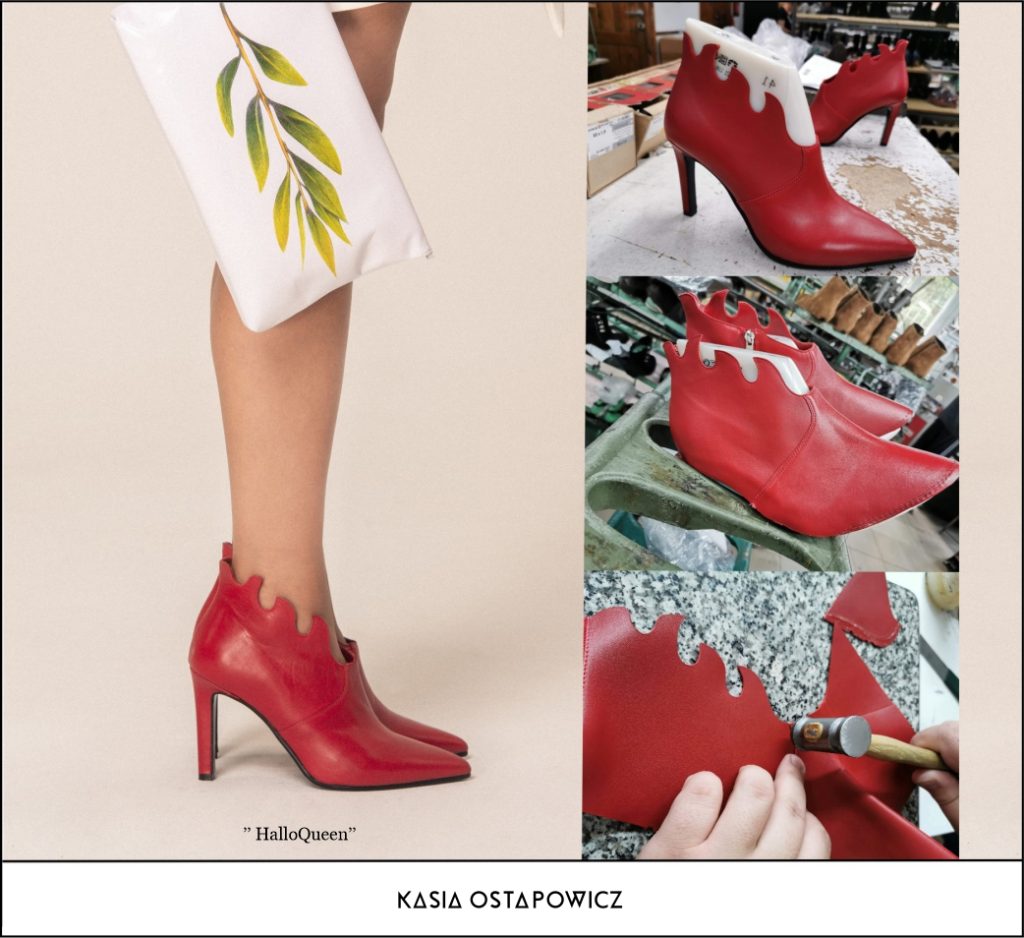
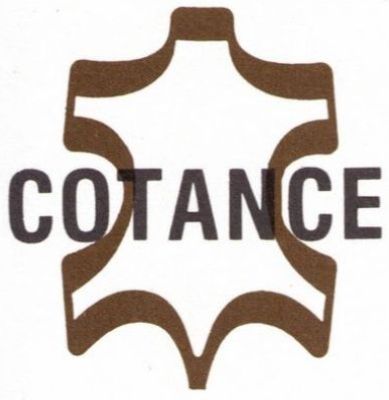
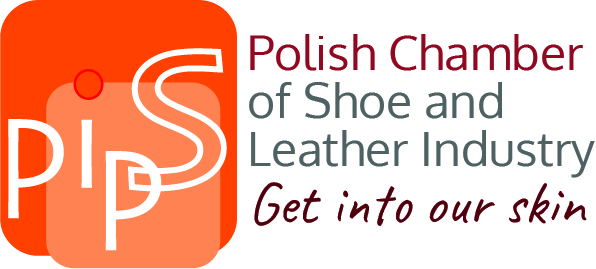
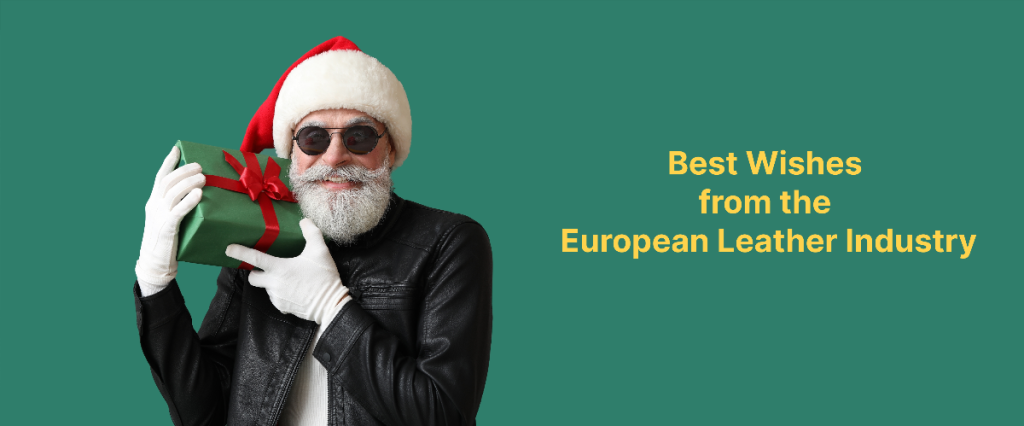





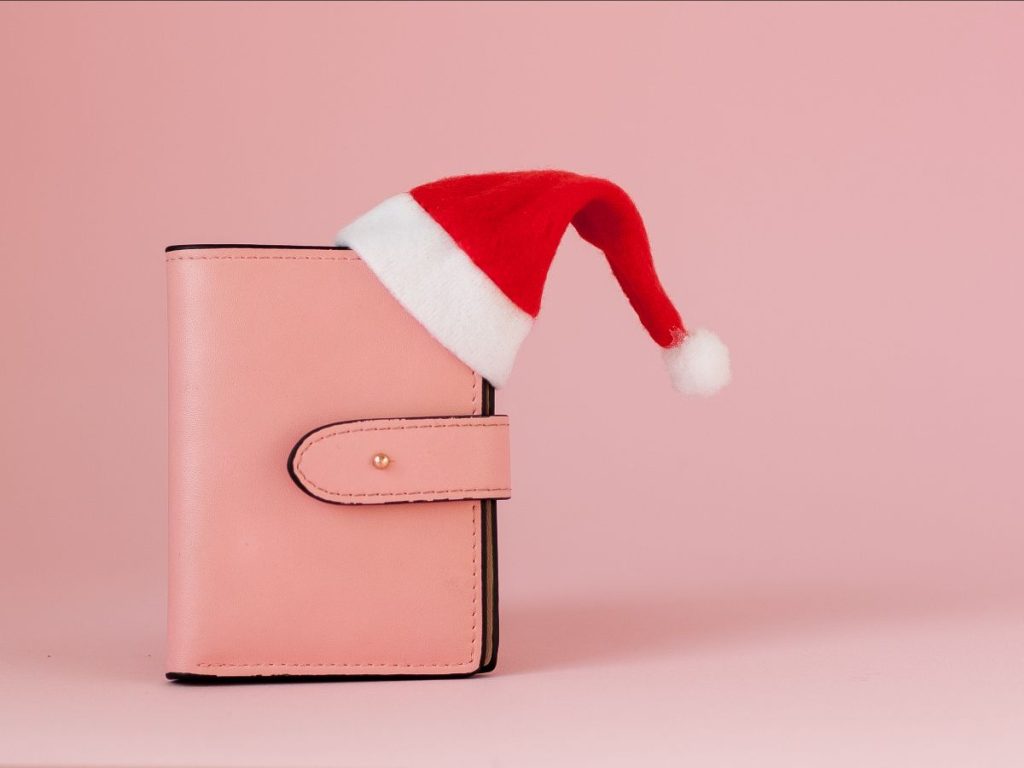
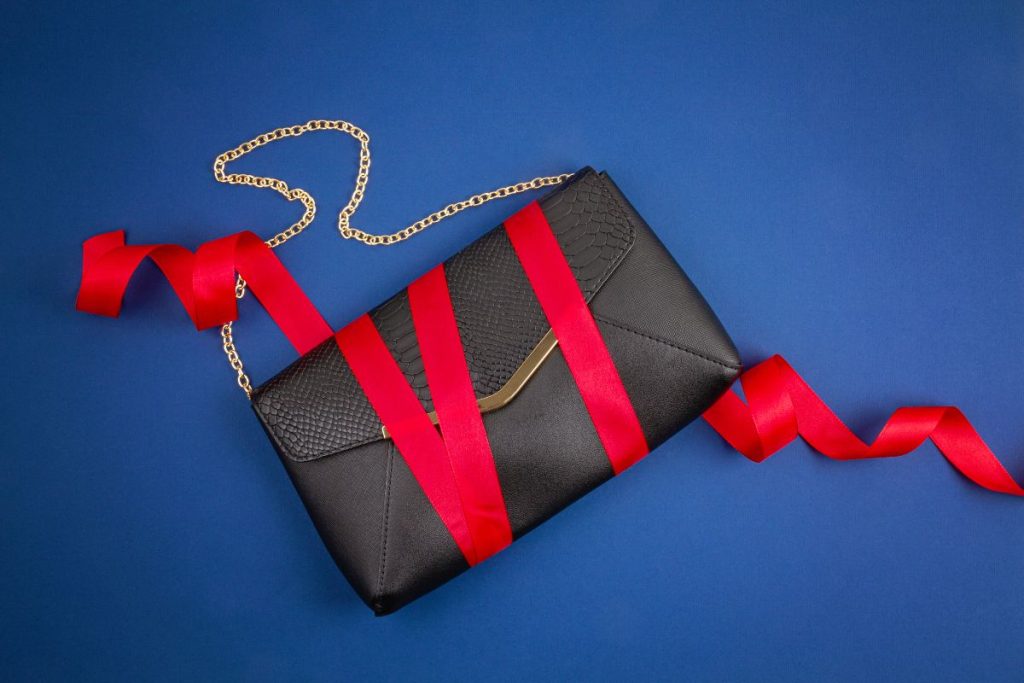
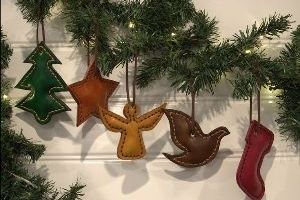
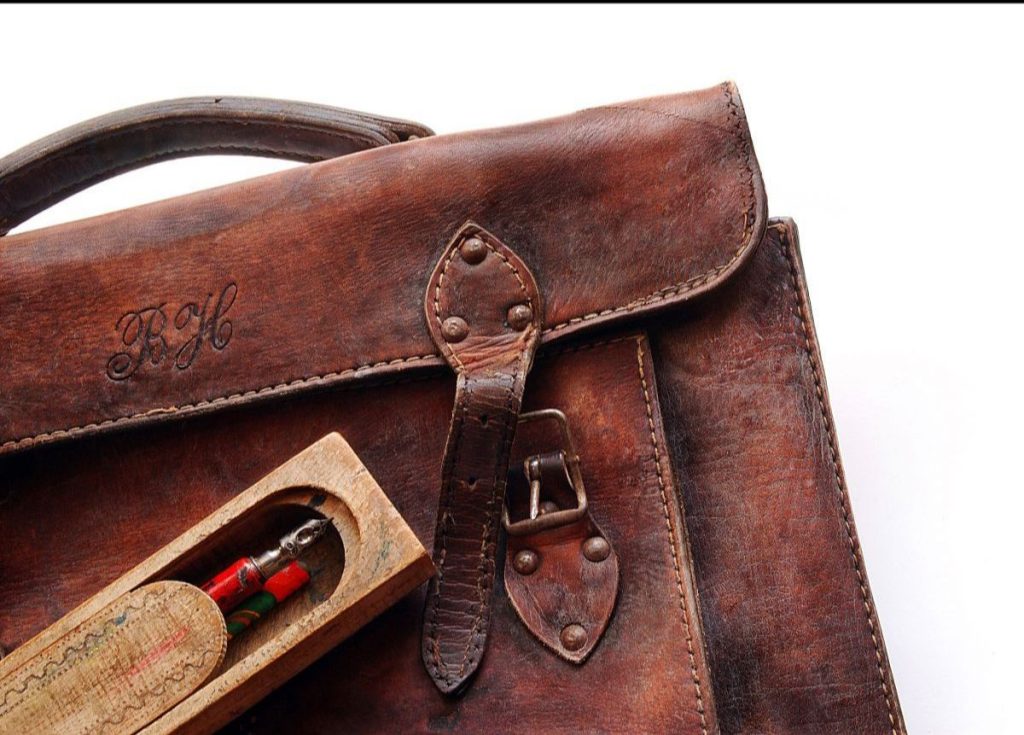
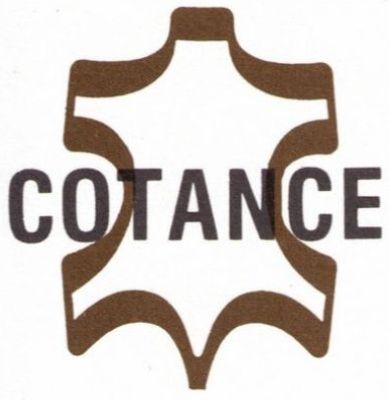
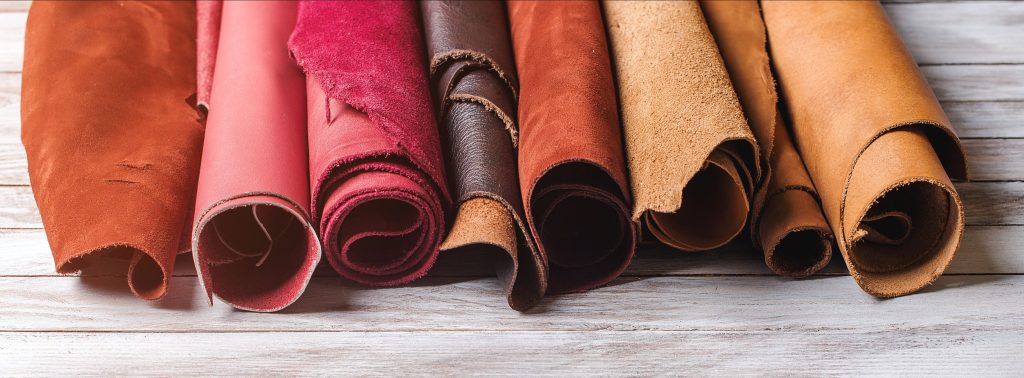
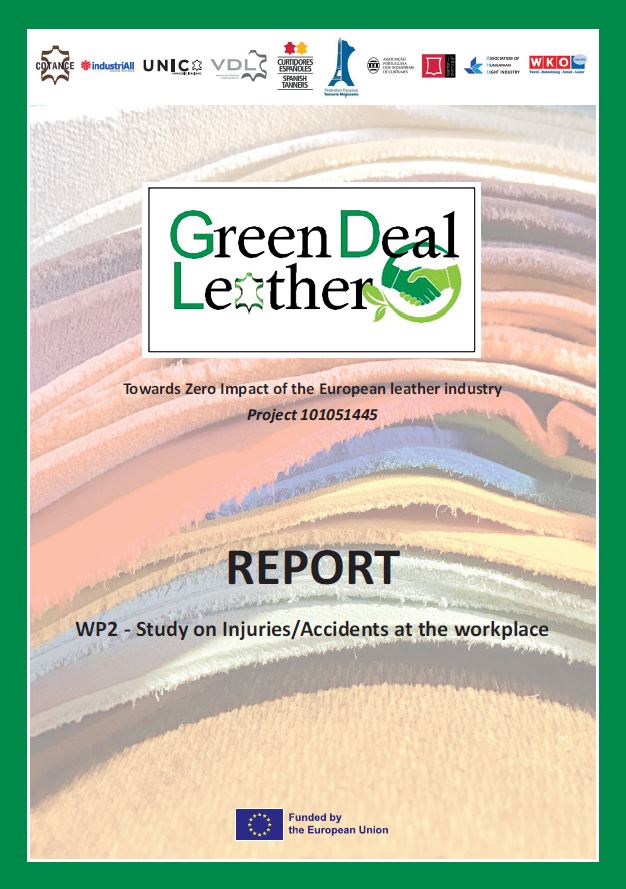
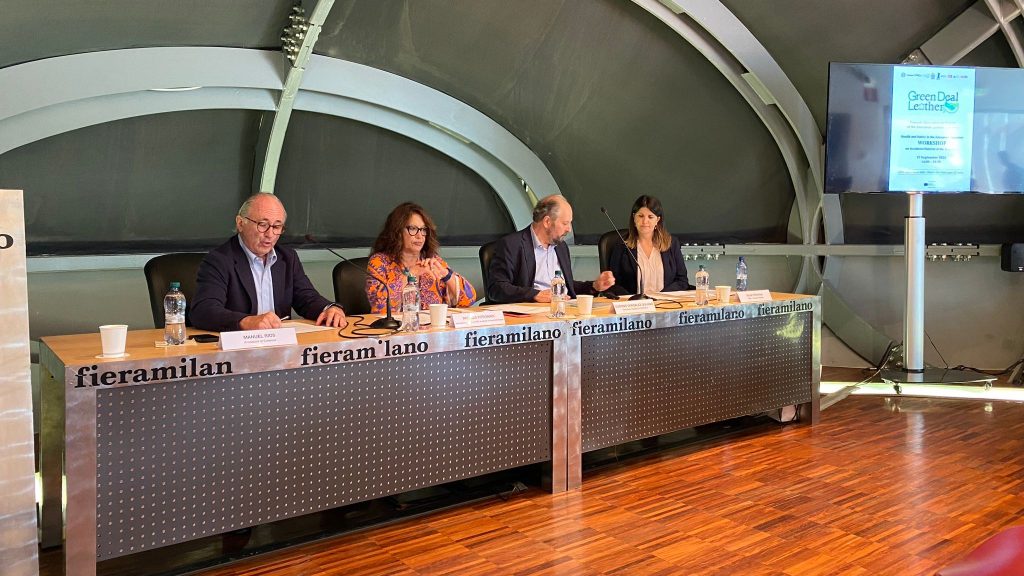
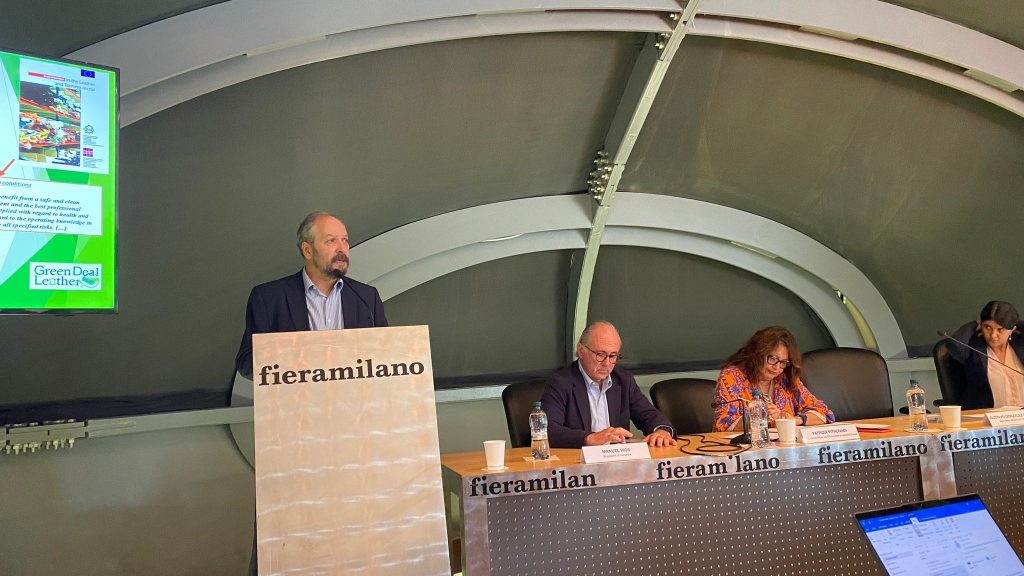
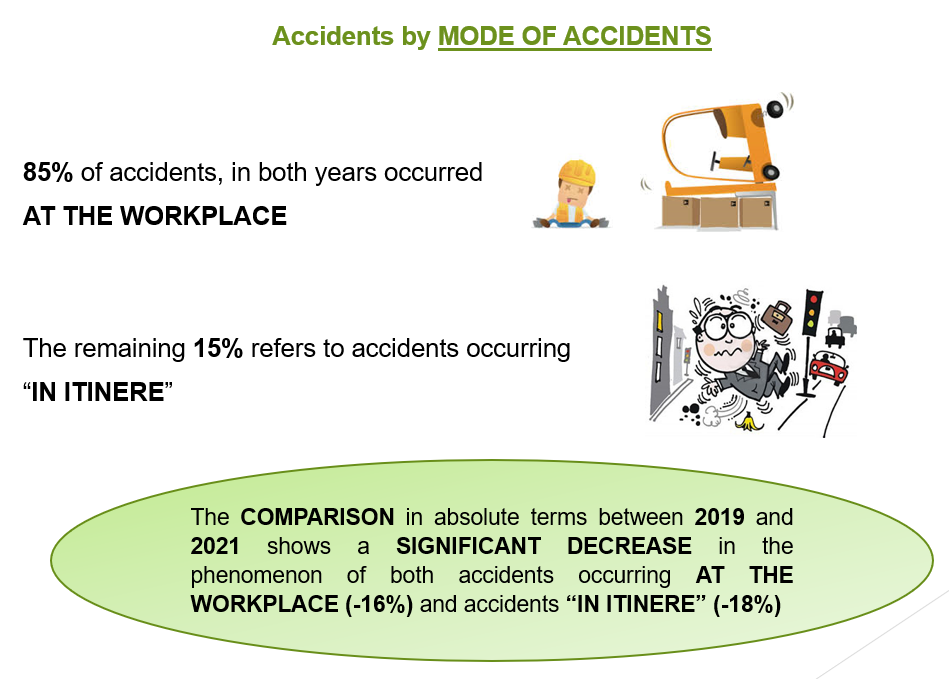
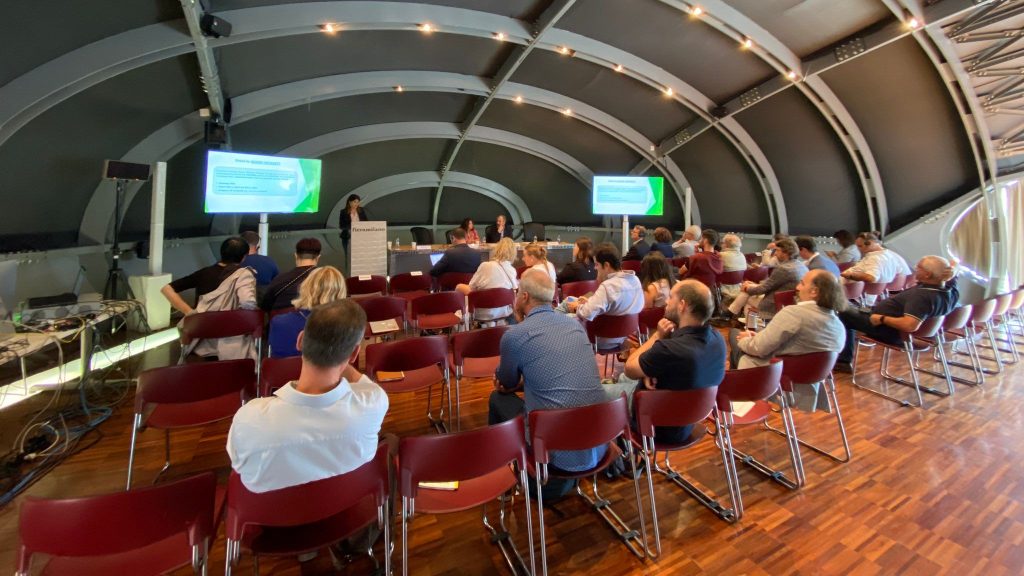

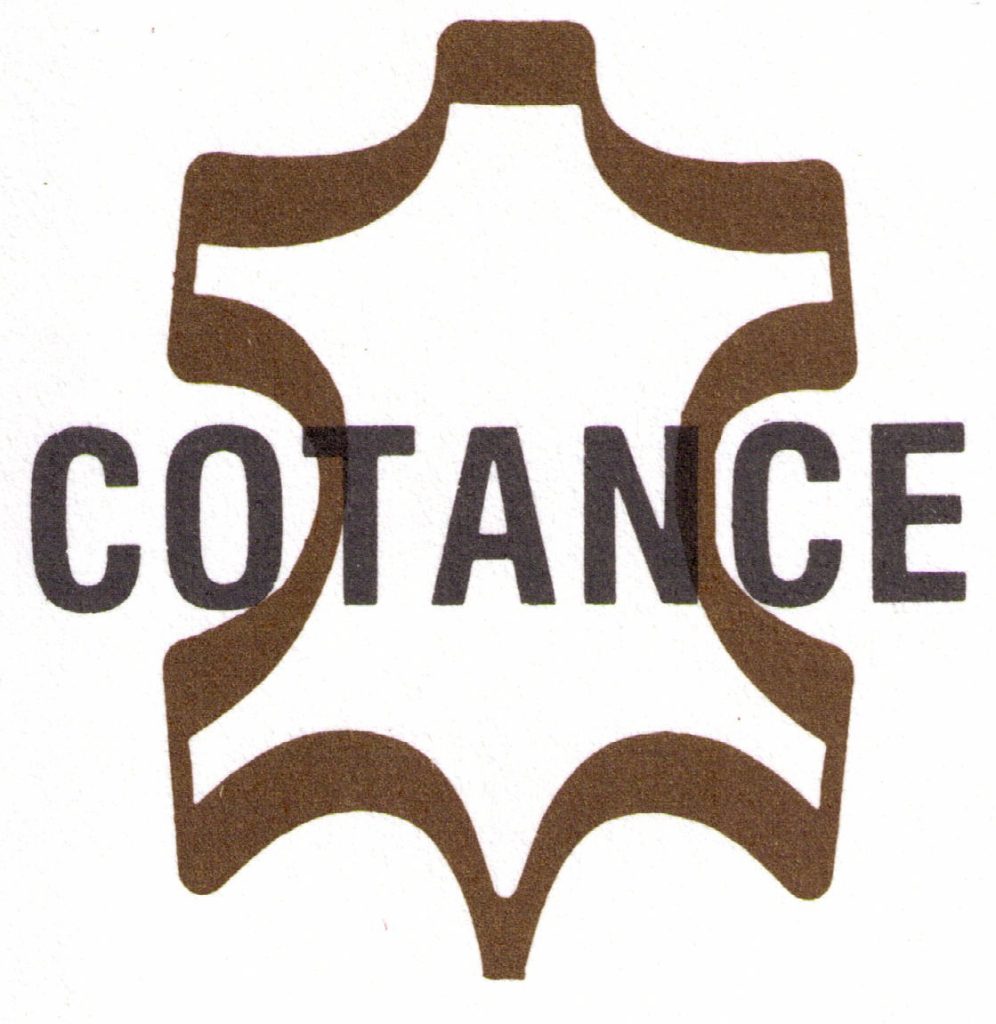
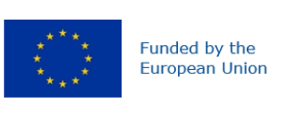

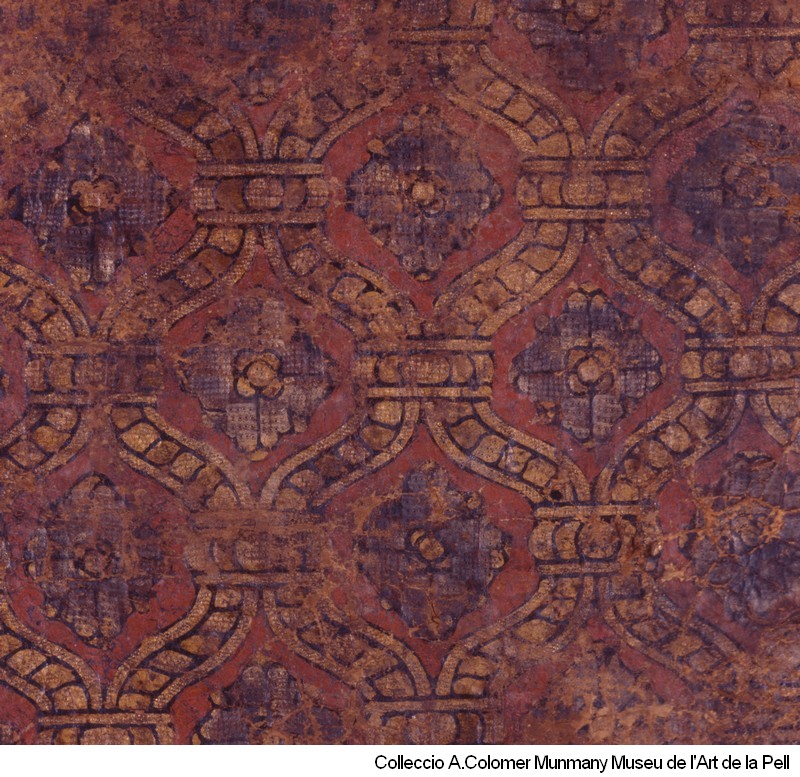
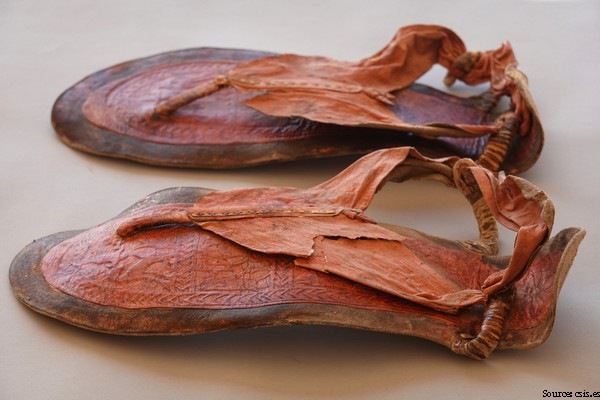
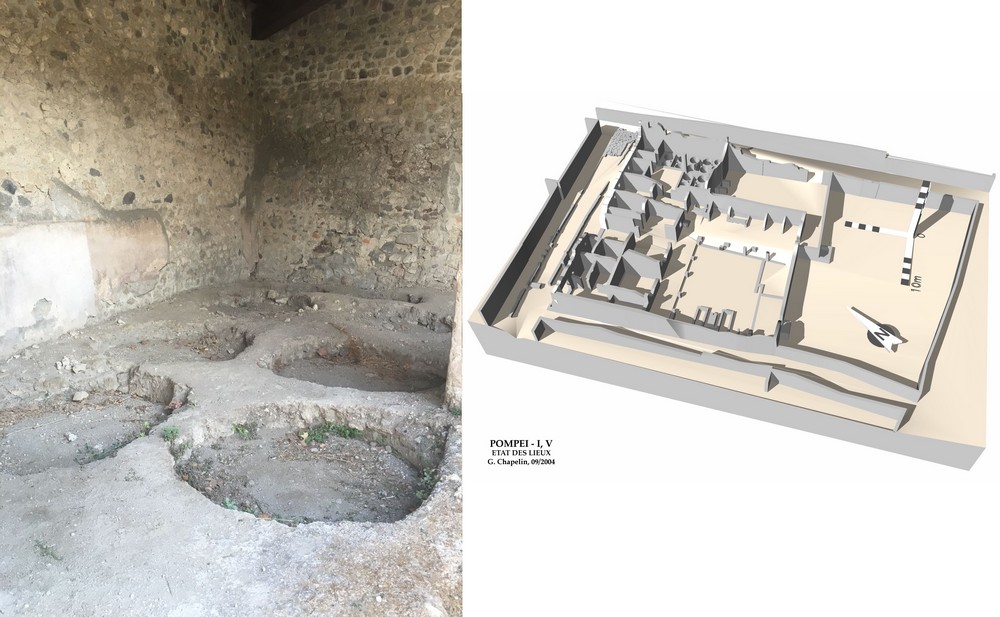
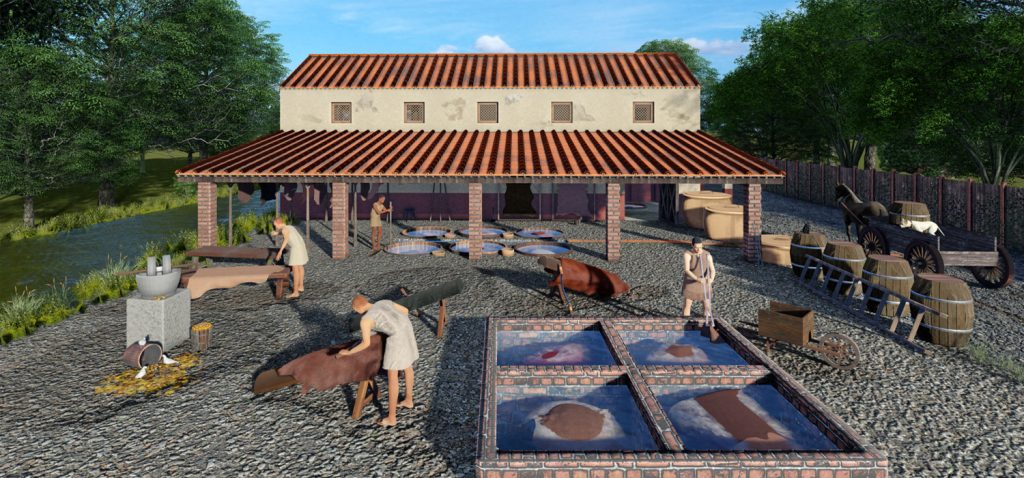
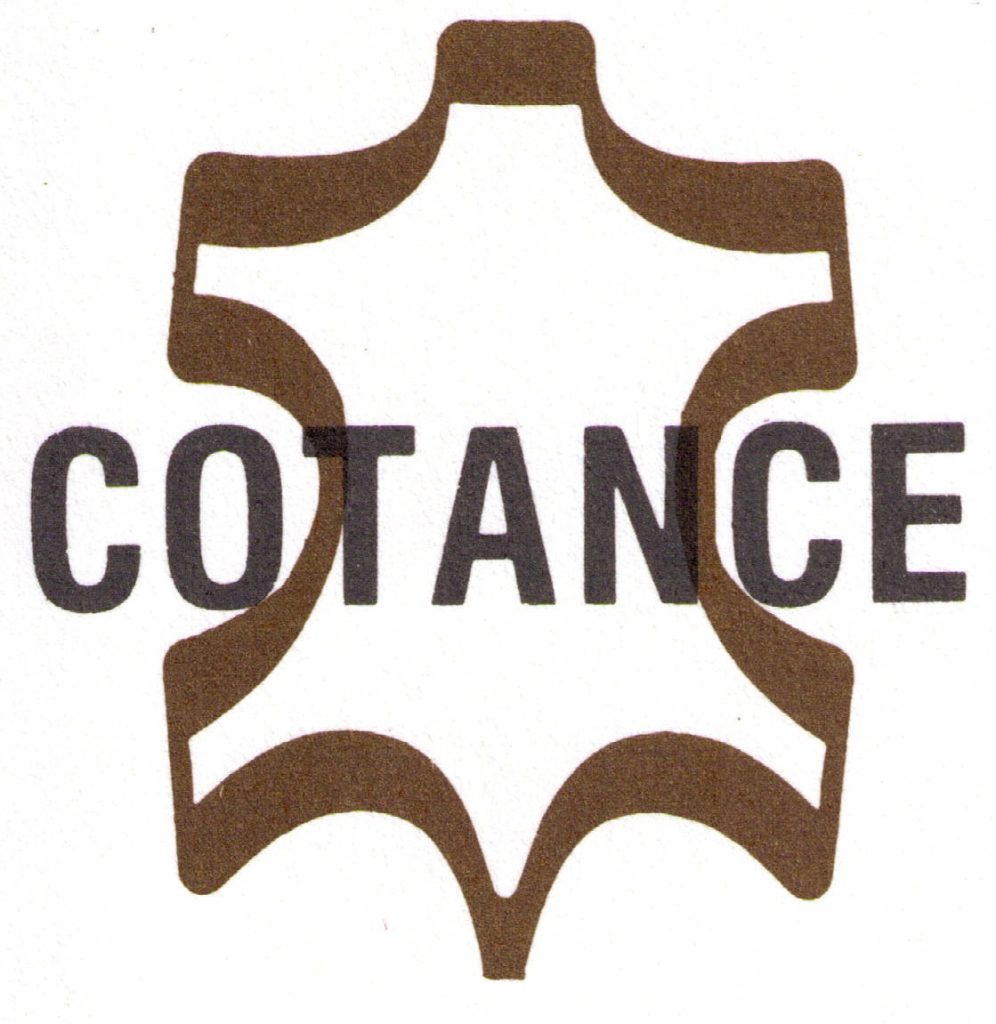

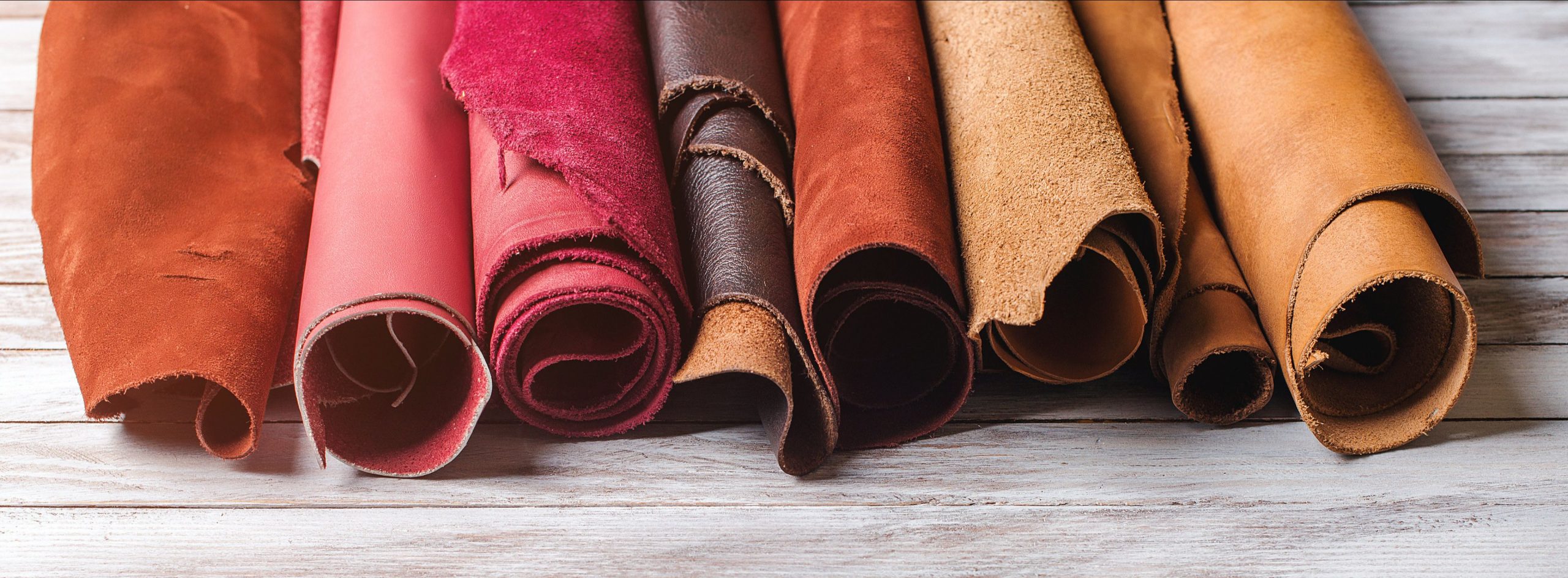
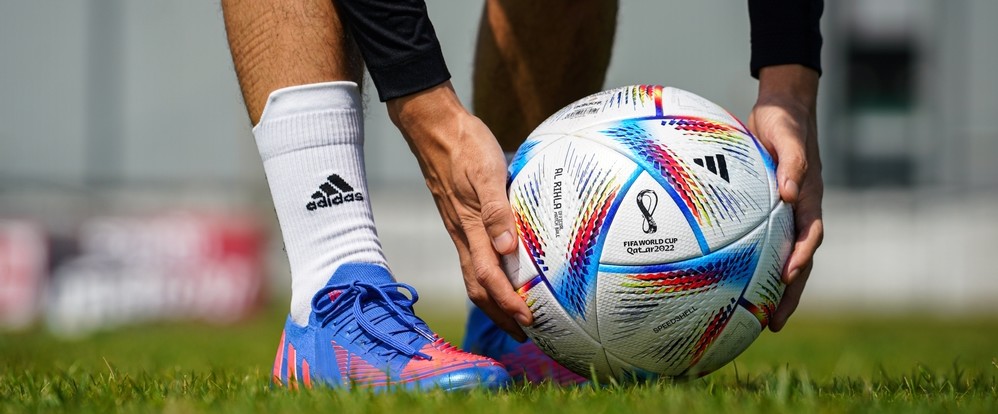
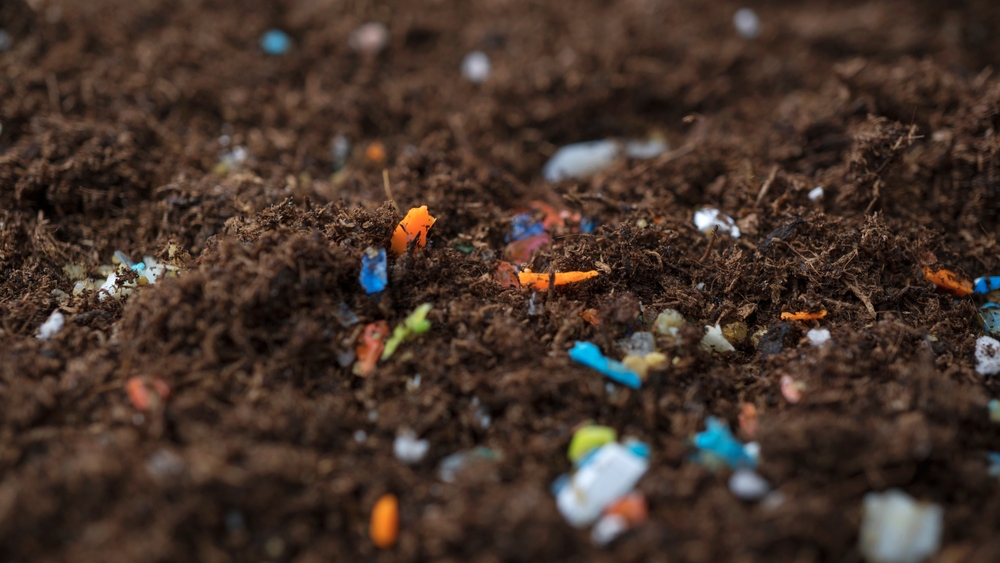
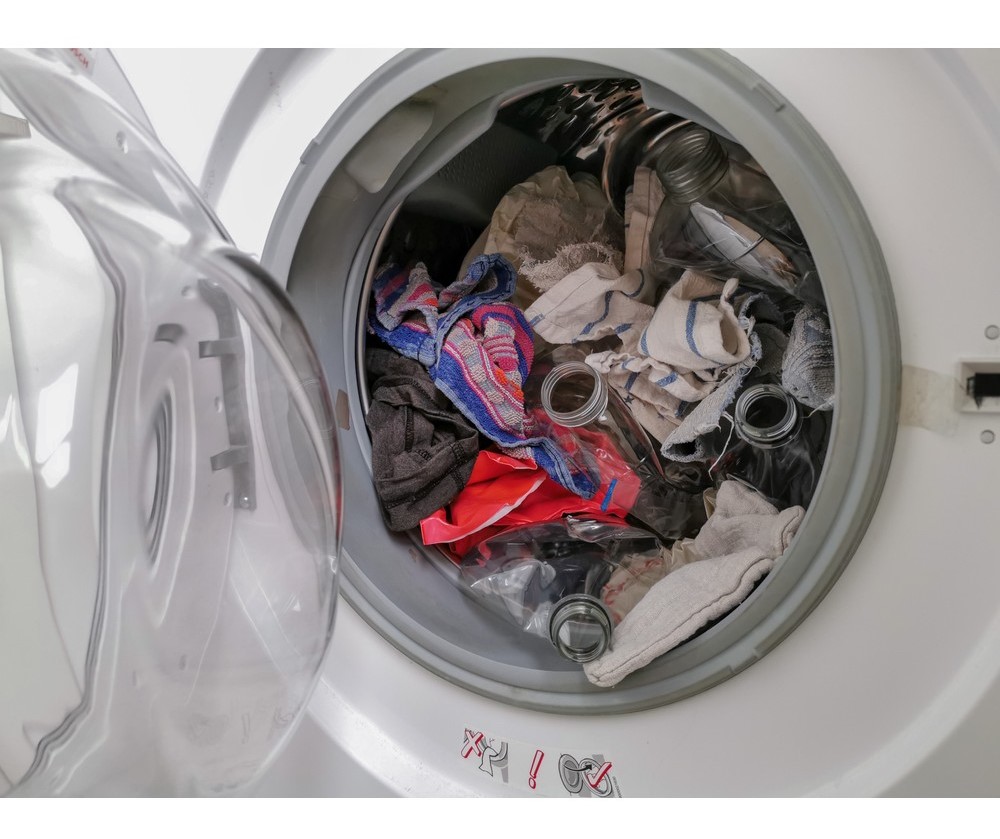
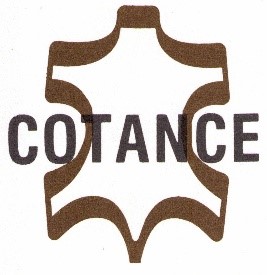
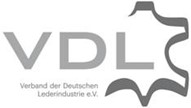

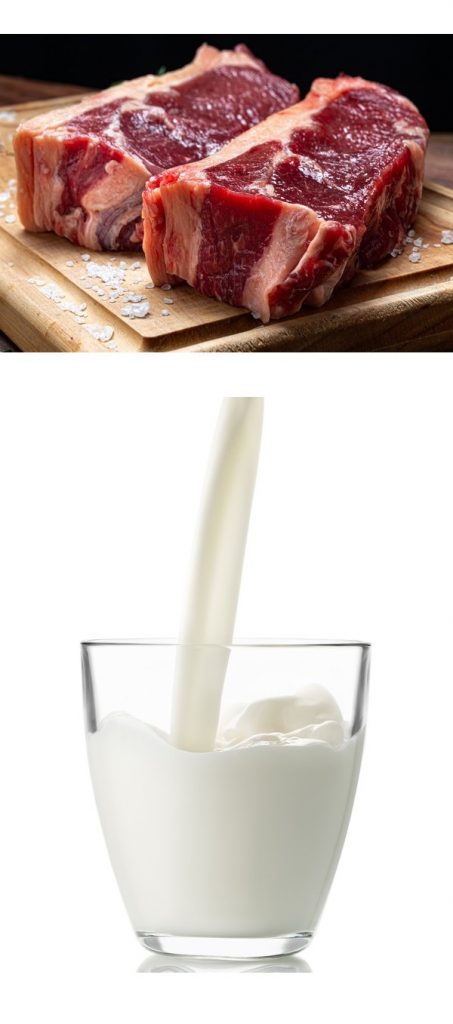

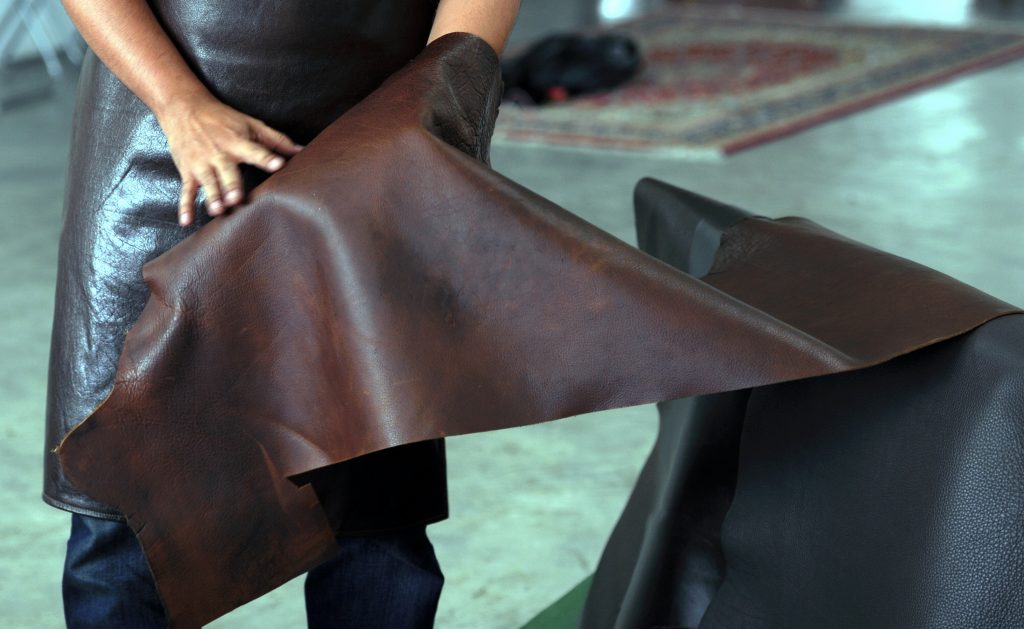
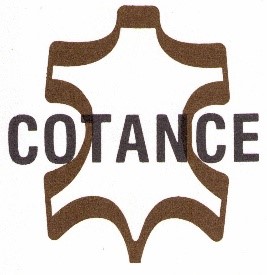
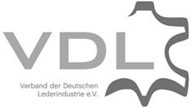
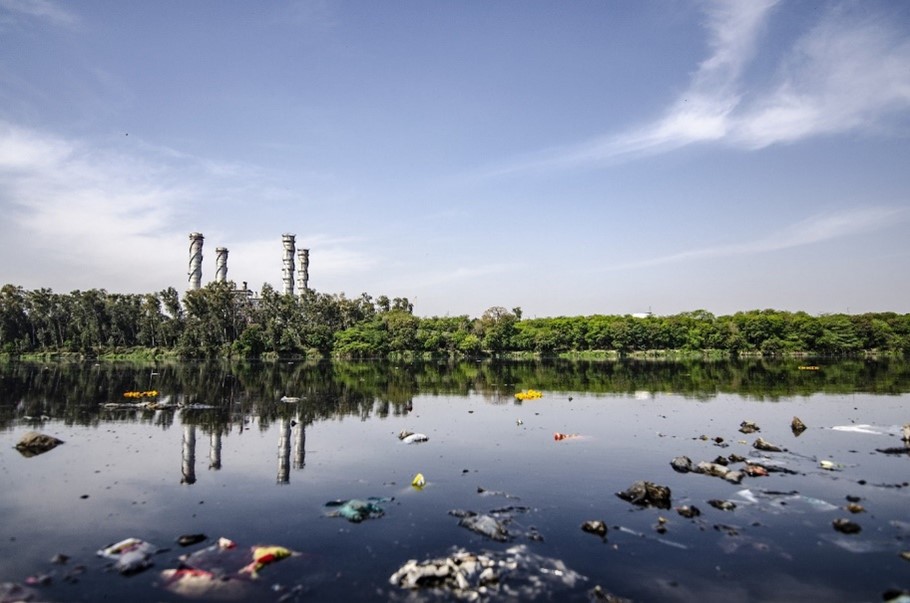
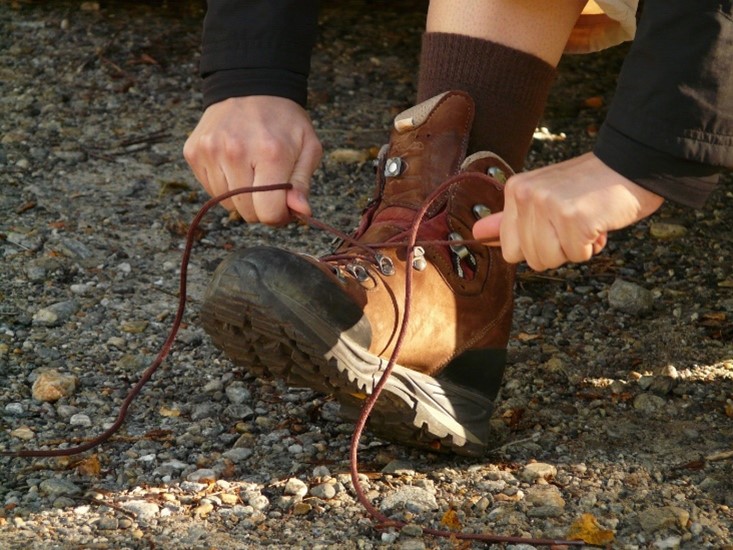
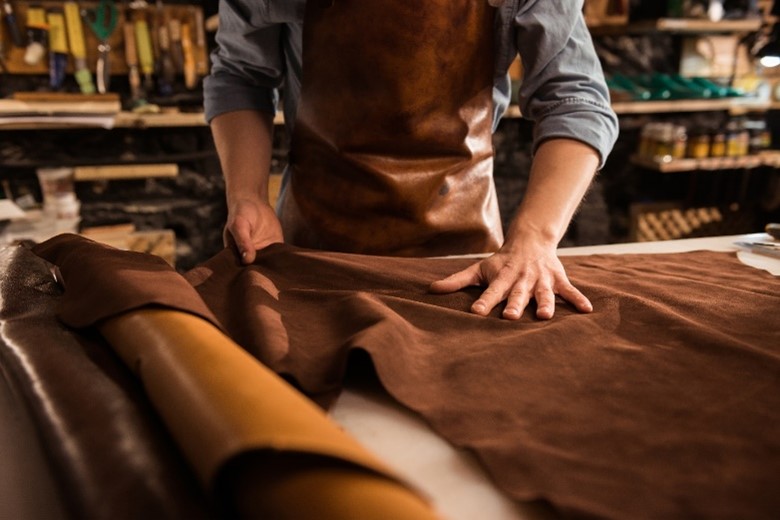

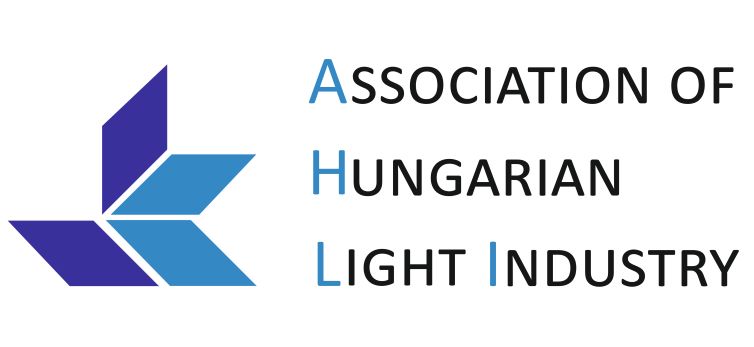
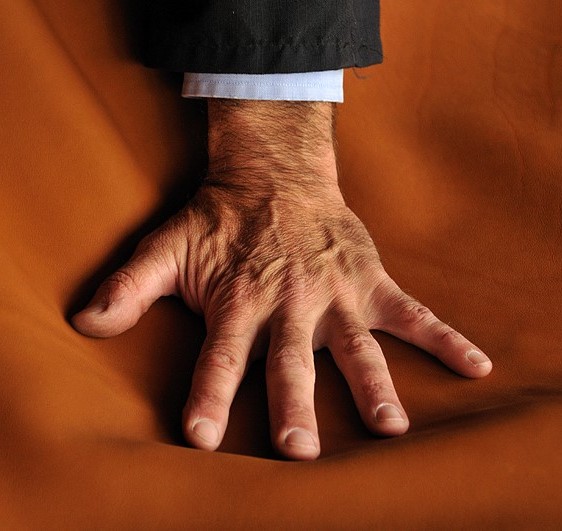
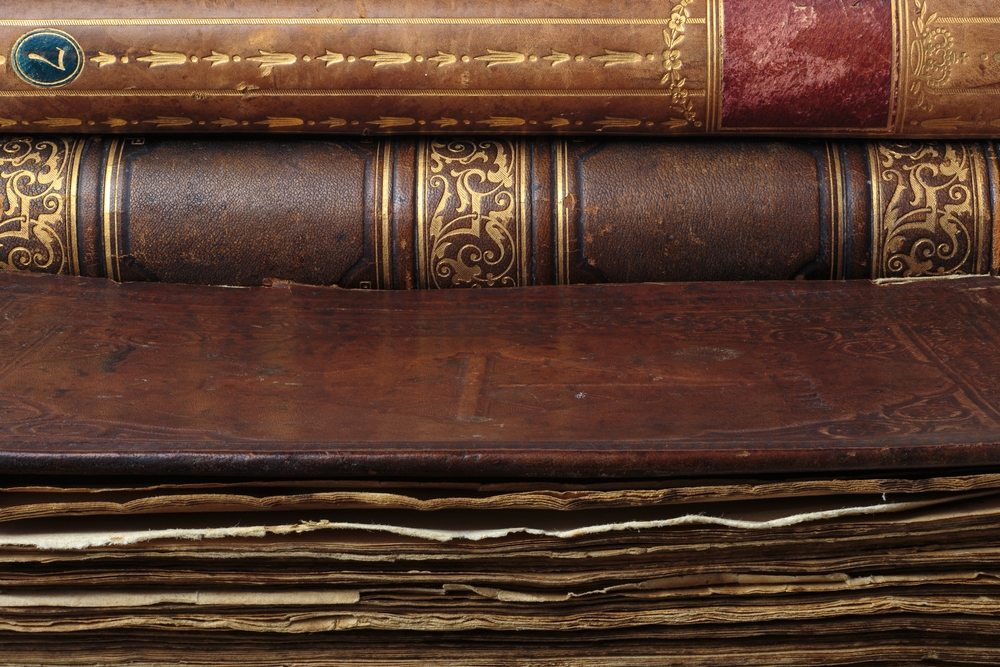
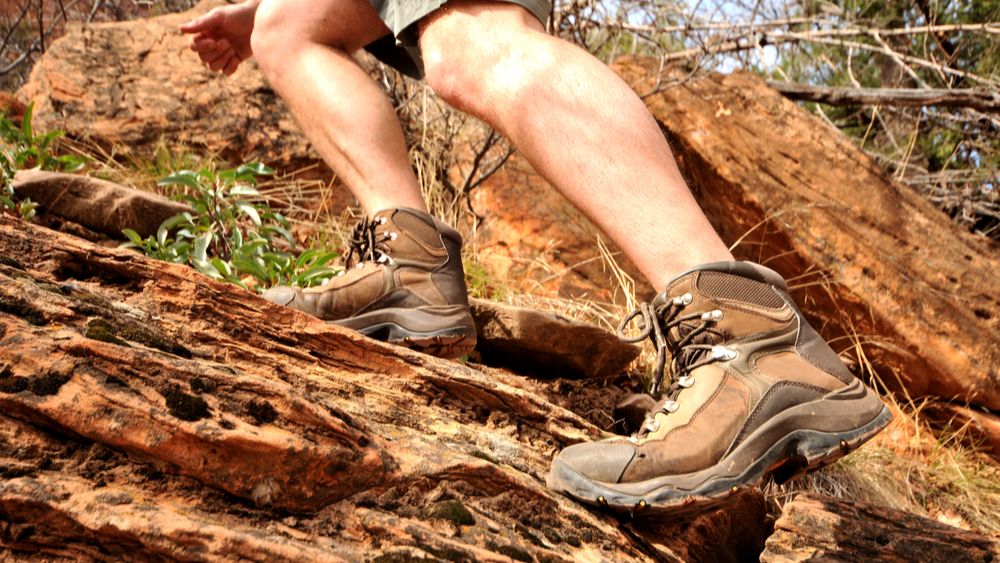


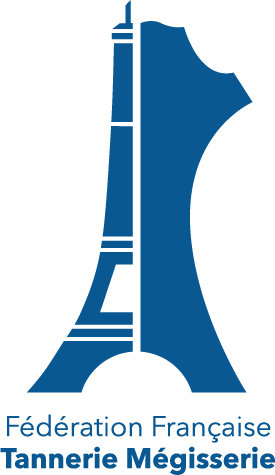
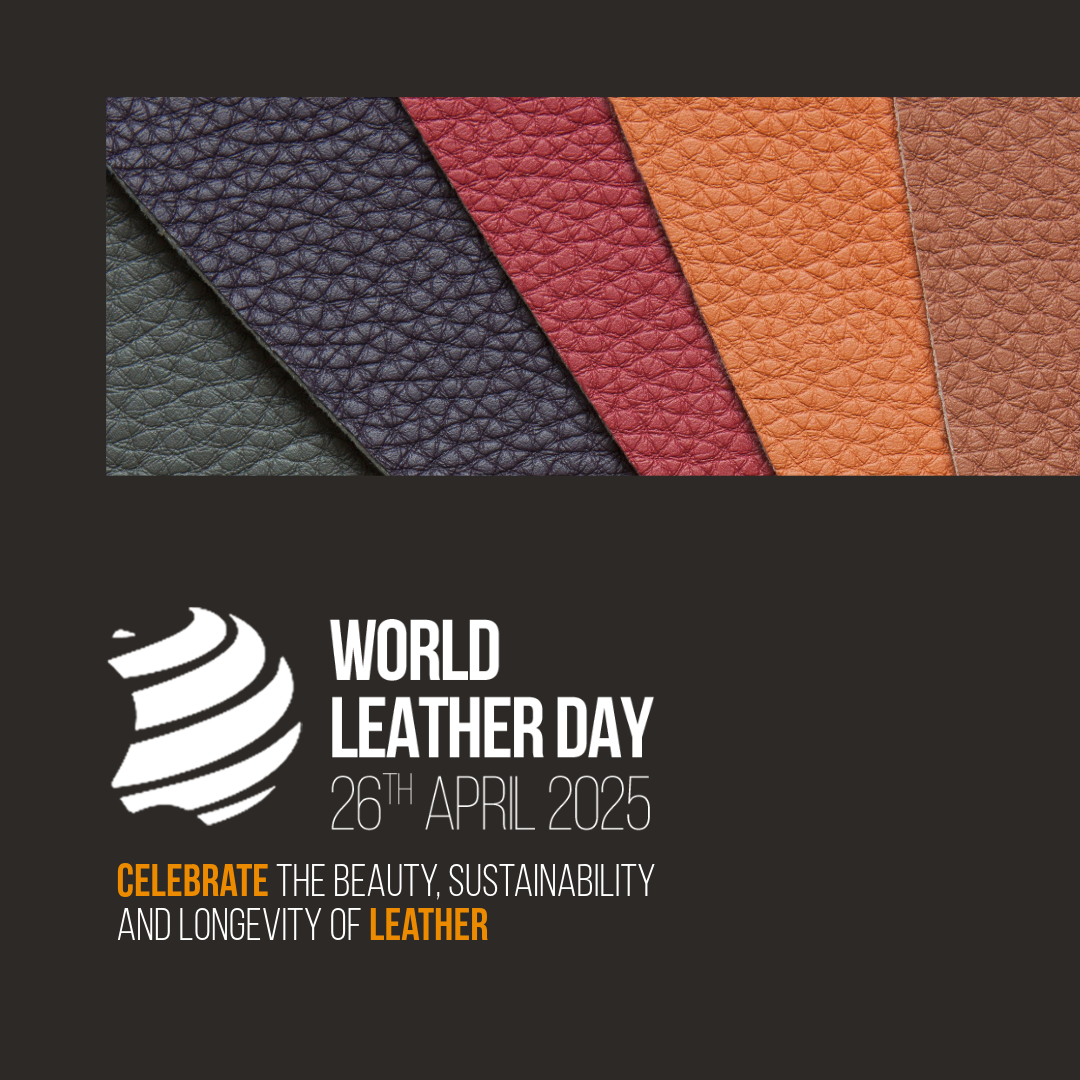 Welcome to popups plugin
Welcome to popups plugin